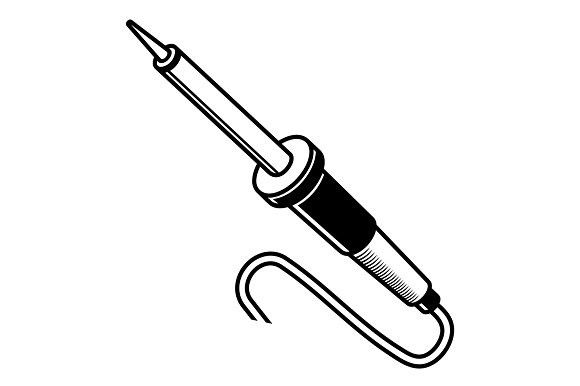When I started soldering everything was big and had leads that went through holes in the board. You inserted the leads, bent them over to hold the component, flipped the board over, soldered everything, and trimmed off the excess leads.
Now I’m soldering things down to 0402 SMDs (1/4 the size of the smallest component in the picture) using a needle point soldering tip and a microscope.

A pair of 2N2222 transistors, one SOT23 and one TO-92.


It is harder for a beginner with a $10 soldering iron from the local hardware store than it was when I started 45 years ago. Most people don’t start with hot plates or reflow ovens or hot air.
True. I mean you can still find most parts that you used 45 years ago, but making it small and using modern parts might require some new tools. You can get a tiny hot plate on Ali for cheap, but I’m not sure how good it is. There are people utilizing cheap irons as well.
Are there good instructions out there for people using cheap irons to solder these small components? How does one get into soldering now with a hot plate vs hand iron considering that these components have a much higher learning curve than the older larger parts ?
I haven’t looked into it, but I guess I would start at instructables.com or maybe YouTube
If you want to do really low investment hot plate soldering, some solder paste, good tweezers and a frying pan with some sand in it is probably good. Just keep an eye on it while heating, and stop when the solder melts
I’m working on making some videos to show what can be done with basic equipment even with modern, small components. Maybe I should add some soldering 101 type videos? I can add them to my YouTube channel for my 6 subscribers. Heh.
EDIT: 9! 9 subscribers! Pretty soon I’ll be able to quit my day job and live off my YouTube channel.
I’m going to sub too!! But I need a link!
I may not be able to handle the pressure.
https://www.youtube.com/@MapleEngineering
Subbed !
Noice. Thanks.
The cheap soldering irons are tricky because heat distribution is crucial. If your iron is not at the right temperature and the heat transfer is not uniform you can fry a component instantly, specially the smaller components. you need a soldering iron with temperature dials at bare minimum
I’ve seen the tiny ones. I think I’m more likely to build a small reflux oven. I only ever build one or two of anything unless I take in a job for someone else.
You’re saying that as if most beginners start with smt. Nowadays if you want to build your circuit you can have it made with the PCB already soldered at very affordable prices.
What I’m saying is that it’s possible for beginners with basic equipment to begin to work with SMDs. Sure, you can order THT components and build all THT boards but the people that I talk to want to use modern components and modern techniques so that they boards don’t look quite so…1970s.
SMDs have made things more challenging but with basic equipment and knowledge it is doable.